One of the most influential filmmakers in my moviegoing life was and still is Wes Craven. A NIGHTMARE ON ELM STREET was probably the first horror movie I ever saw, and I have been a huge fan of that franchise ever since. SCREAM was released when I was ten years old and that movie helped me identify clichés that I still was learning about. Not only that, but the characters were referencing some movies I still hadn’t seen, so I found myself at the local video store renting those. I was definitely more in touch with Craven’s mainstream and more recent films, but learned as an adult about his earlier controversial films like LAST HOUSE ON THE LEFT and THE HILLS HAVE EYES.
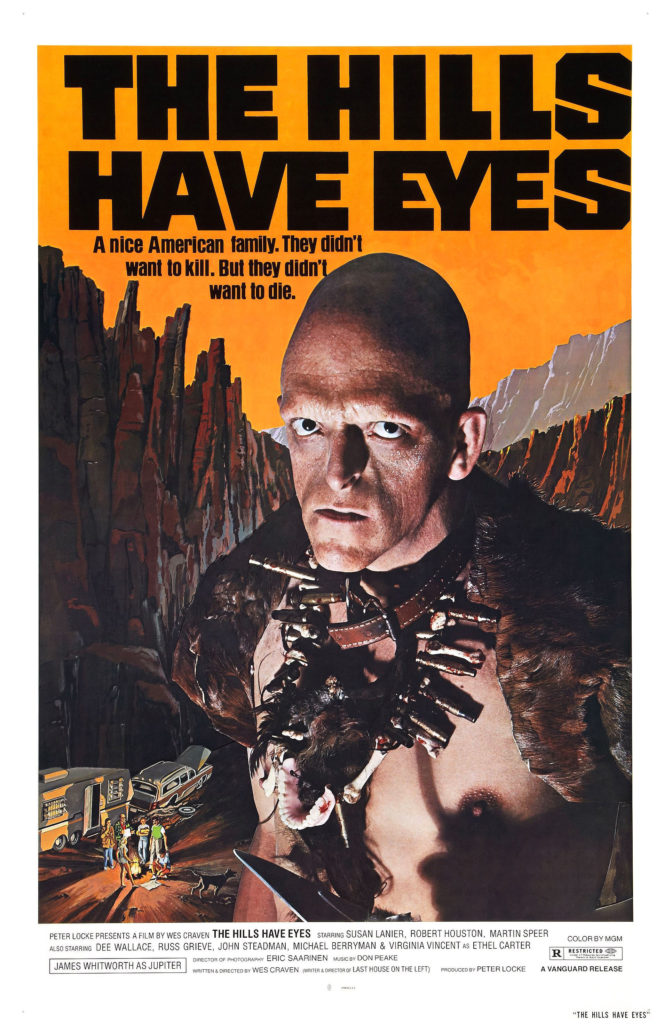
THE HILLS HAVE EYES was released in 1977, and it truly feels like the frames are covered in sweat and dirt. Craven opted for a low-key filmmaking technique, which helped contribute to a guerilla-style looking genre offering that continues to show its influence. We meet the Carter family as they are driving in their travel trailer from Ohio to Los Angeles, when they veer off the main road in the middle of the desert and find themselves stranded. Their two dogs immediately start barking at the hills, where, unbeknownst to them, another family of a different kind lives. Through various circumstances, the Carters split up, with only three of them surviving by the end of the film.
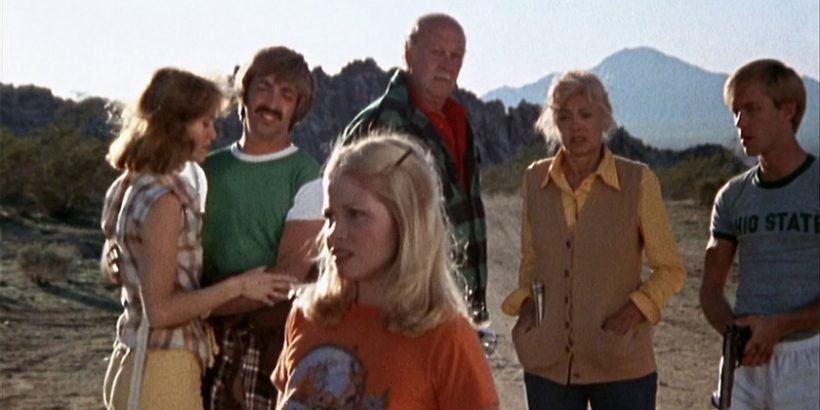
This other family, led by Jupiter, are cannibals that prey on those driving past and really take pleasure on terrorizing their victims. References to fucked-up family dynamics and sexual frustration are sprinkled throughout, but their main goal is find a fresh slab of meat. They hit the jackpot when they manage to kidnap the Carter baby and take it back home. The baby ultimately lives, but we don’t get this sense of relief until literally the last few seconds of the film as Craven fades to red the moment the last threat is gone.
Written and directed by Craven, THE HILLS HAVE EYES was heavily inspired by the story of Sawney Bean, the leader of a 48 member clan responsible for the deaths of over 1000 people. This took place in Scotland around the 15th century and it is believed that he built a family while living in a cave, with some members being the result of incest. They would live off of victims they would ambush whose bodies they would bring back and eat. When they were discovered, the family was taken out in chains, where the men had their genitalia cut off and were left to bleed to death after their hands and feet were also removed. The women and children got to watch this go down and were later burned alive. It’s unclear if this story is true, as it is often referred to as a legend, but it demands recognition when discussing HILLS.

The severe brutality of the Bean story translates in Craven’s film, as it doesn’t come off as exploitative, but rather relentless. The Carters are constantly being taunted to the point where it feels like their daughter, Brenda, is legit losing her mind as she becomes unable to control her hysterics. Craven doesn’t focus on graphic violence, but the psychological impact they have as a result. Here’s where the 2006 remake gets it right.
Director Alexandre Aja already had a made a name for himself in the genre with the release of his French thriller HAUTE TENSION, also known as HIGH TENSION here in the States. The positive response to that led to him taking the reigns of the remake, which carries a very faithful retelling, but with a bigger budget that’s smartly utilized.
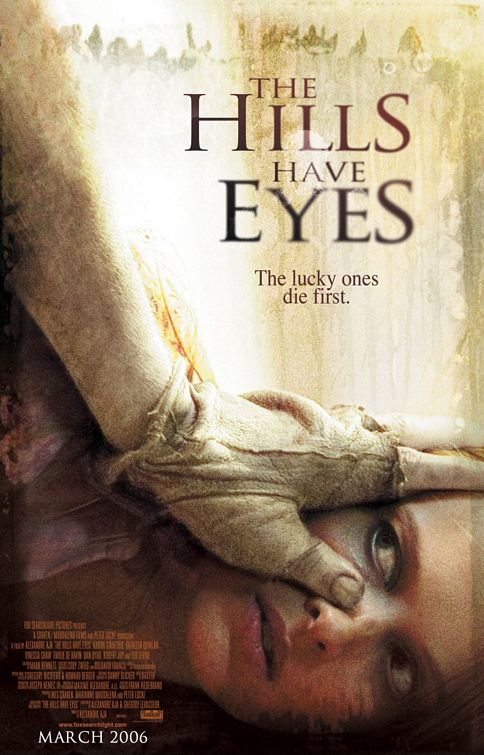
The story remains the same, with the Carter family finding themselves stranded in the desert where they meet Papa Jupiter and his mutated family members. The gore effects are heightened, but that only adds to the torment they face. Aja really emphasizes in his version the innate themes regarding American values and what we choose to ignore. One of the members, Big Brain, who is wheelchair-bound, mentions to the family that “you made us what we become.” He’s referencing the opening titles which insinuate the government’s denial of long lasting effects of their nuclear testing back in the 1940s. Aja visually projects the American spirit by having Big Brain sing the “Star Spangled Banner” and even has one of the cannibals get impaled by the American flag.
This is why I love the remake so much, because it sticks to the same formula, but from a culturally different perspective. A new voice is much needed when remakes are involved, because every story is perceived differently depending where you’re from. Watching the original, I got a simpler context of a normal family getting terrorized in the desert, almost like a horror version of a classic good-versus-evil Western. Aja takes it to the next level and really drives into the audience of what can drive a modern American family to defend themselves and how far they will go.

Both versions know what makes them work and that is a cast of talented actors with onscreen chemistry that helps us feel their family dynamics. The passion bleeds through the screen, with Susan Lanier losing her mind in Craven’s original and with Aaron Stanford never giving up a fight to save his baby in the Aja’s version. We want to see these cannibals get a taste of their own medicine, and I personally feel that redemption more in the remake, as a beaten and bloodied Stanford stumbles to his surviving family members while clinging to his baby, with their dog guarding his way.
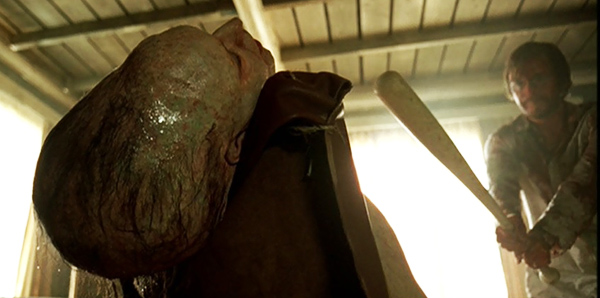
I definitely appreciate Craven’s original vision, but Aja escalates the terror and the stakes, so his is my go-to version. It helps that it’s all accompanied by a killer soundtrack that I listen to at least once a week, one that goes great with a surround sound set-up.
REVISIT THE FIRST FEW INSTALLMENTS OF THE COLUMN…
THE ‘I SPIT ON YOUR GRAVE’ EDITION
Tags: Aaron Stanford, Alexandre Aja, Billy Drago, Dan Byrd, Dee Wallace, Desmond Askew, Dogs, Emilie de Ravin, Gregory Nicotero, Horror, James Whitworth, Kathleen Quinlan, Michael Berryman, remakes, Robert Joy, Sawney Bean, Scotland, Susan Lanier, Ted Levine, Vinessa Shaw, Wes Craven



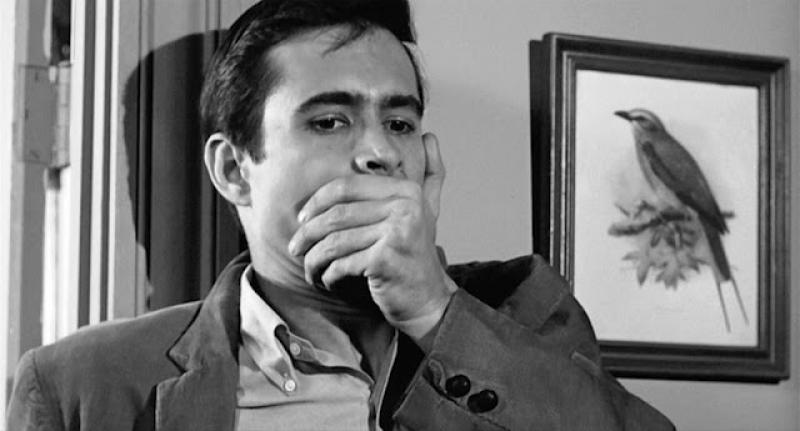
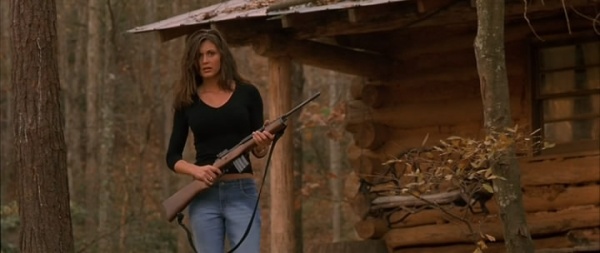
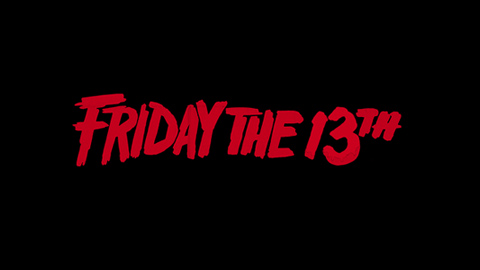
No Comments